
Social media can and is a wonderful and easy way to connect with people on a personal or professional basis. Most platforms are free and easy to use. It's not difficult to find people and topics of interest. People can find and connect with their peers, family, and friends. They have unlimited access to the entire world.
Before anyone begins (or continues) their adventures into the world of social media, there are a few points to be aware of as a healthcare professional. With freedom comes advantages and disadvantages.
Advantages:
- Connecting with anyone in the world. Simply Googling a word, topic, business, or an individual will give anyone complete access to anything they want to know. Whether they are blogging, using Twitter, Facebook, LinkedIn, or any other social media platform, there are people there to talk to.
- Networking has never been easier. Sharing information and learning is at anyone's fingertips. Whether they are talking to someone local or across the world, social media brings you together. Distance is no longer a problem.
- Since 80% of all internet users are looking for health information, anyone can and will reach a large audience with their outreach and posts. People want information and Nurses have plenty to give them. They are able to correspond at their convenience and have the time to do so.
- Education for Nurses and others is available. There are numerous groups and programs that offer classes and give them opportunities to learn and interact with their peers and other students.
Communication flows easily and in abundance on the internet and that's also where the disadvantages come into play.
Disadvantages:
- Privacy doesn't truly exist on the internet. Regardless of any and all security features, once something has been posted, it's there forever. Even deleting it doesn't get rid of it. It is still stored somewhere in the clouds and is never truly gone. It's crucial that a person think twice before posting. Screen shots cause the comment or post to remain forever on someone's computer.
- The risk of inaccurate information becoming a "fact" is common. It takes a bit of work and due diligence to research the accuracy of what you’re reading, but it's worth the time. A person should only share or repeat what they themselves have thoroughly researched and confirmed as accurate.
- Not HIPAA compliant. Very few software programs meet the strict guidelines for HIPAA regulations, including but not limited to Skype and Google Hangouts, texting and email. Unless the individual is discussing a patient as a Nurse and on a secure platform, one should never post anything about their patients.
Violating HIPAA regulations has resulted in healthcare professionals facing disciplinary actions such as:
- Fines levied
- Suspension from work
- Being expelled from Nursing school
- License revoked/fired
- Criminal charges being brought
- Incarceration
Abuses on social media as a Nurse are far reaching. Whether a Nurse violates HIPAA or behaves in an improper and unprofessional manner (arguing online, breaching patient confidentiality, harassment, etc.) can and does impact not only them, but their employer and their professional affiliations as well. This can also involve the state board and violate state laws.
Posting the pictures of patients, even when their identity is concealed, has resulted in the above actions being taken against a Nurse and other healthcare professionals.
The best rule of thumb with social media is this: Remember that what you are about to post will be accessible to 7 billion people, so post as if everyone will read it. Social media can be fun as long as you understand the good and the bad.
Related Articles:



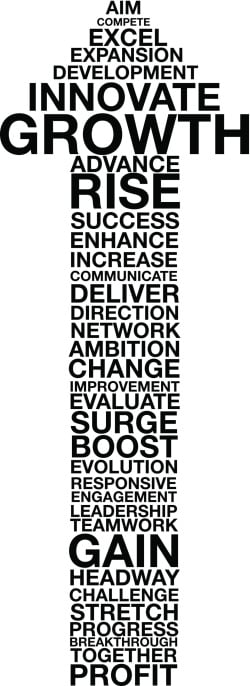 The new year is here and the opportunities for a fresh start it brings shouldn't be cast aside. Nurturing the opportunity as if it were a patient can yield surprising benefits both in and out of the job title. There is always room for improvement in a position that demands the hardest work for the sweetest reward, the gratitude of well-cared for patients.
The new year is here and the opportunities for a fresh start it brings shouldn't be cast aside. Nurturing the opportunity as if it were a patient can yield surprising benefits both in and out of the job title. There is always room for improvement in a position that demands the hardest work for the sweetest reward, the gratitude of well-cared for patients.
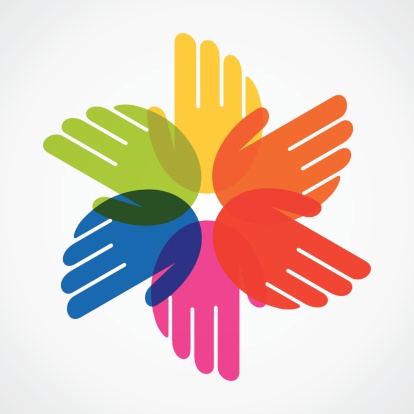 Cultural Diversity
Cultural Diversity
 Many times, Nurses will choose to pursue a career in healthcare so that they will have the chance to spend their days helping others. There is an added bonus though. Many of the Nursing Specialties have a career trajectory of solid growth with a Nursing salary that is well above the income level of the median population.
Many times, Nurses will choose to pursue a career in healthcare so that they will have the chance to spend their days helping others. There is an added bonus though. Many of the Nursing Specialties have a career trajectory of solid growth with a Nursing salary that is well above the income level of the median population.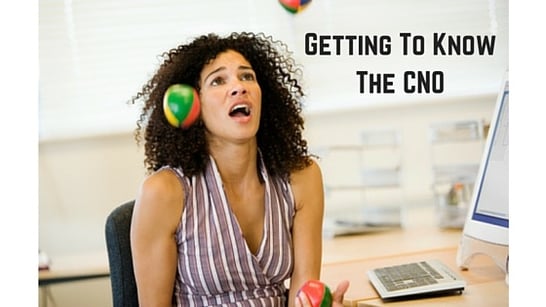 The healthcare industry is filled with challenging and rewarding job opportunities. For those who are actively pursuing a career in nursing and who eventually wish to acquire leadership roles in that field, striving for the occupation of Chief Nursing Officer is a worthwhile endeavor. To be a successful CNO in the healthcare system there are specific requirements, qualities, and skill sets that the industry requires of their employees. These attributes can determine the likelihood of potential employment. Along the same vein, what does it really take to become a good CNO (Chief Nursing Officer) in the medical sector?"
The healthcare industry is filled with challenging and rewarding job opportunities. For those who are actively pursuing a career in nursing and who eventually wish to acquire leadership roles in that field, striving for the occupation of Chief Nursing Officer is a worthwhile endeavor. To be a successful CNO in the healthcare system there are specific requirements, qualities, and skill sets that the industry requires of their employees. These attributes can determine the likelihood of potential employment. Along the same vein, what does it really take to become a good CNO (Chief Nursing Officer) in the medical sector?"
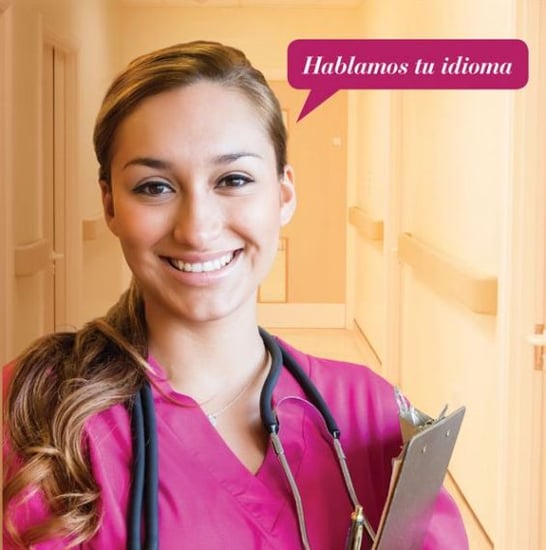 Being able to read, write, and speak a second language is a highly desired skill in almost every career. However, being a Multilingual or Bilingual Nurse within the healthcare industry has some exceptionally high benefits that make such skilled individuals a prized asset to any team.
Being able to read, write, and speak a second language is a highly desired skill in almost every career. However, being a Multilingual or Bilingual Nurse within the healthcare industry has some exceptionally high benefits that make such skilled individuals a prized asset to any team. Technology has made people's lives much easier. There are specialized apps for almost everything and everyone. Some very helpful technology exists for Nurses designed to make your life easier. Here’s the 2015 Top 10.
Technology has made people's lives much easier. There are specialized apps for almost everything and everyone. Some very helpful technology exists for Nurses designed to make your life easier. Here’s the 2015 Top 10.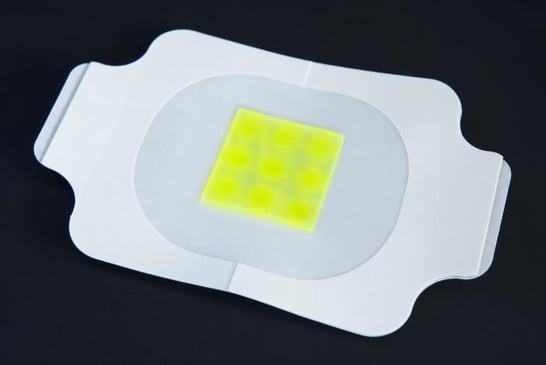 How can you tell if a burn wound has become infected? Wouldn’t it be great if a new technology can alert you to an infection without having to remove the bandage? Scientists in the UK are in the development phase of a bandage that changes color to alert you to an infection. As you know, antibiotics are often prescribed to help stave off infection, however this new technology may help prevent the need for antibiotics.
How can you tell if a burn wound has become infected? Wouldn’t it be great if a new technology can alert you to an infection without having to remove the bandage? Scientists in the UK are in the development phase of a bandage that changes color to alert you to an infection. As you know, antibiotics are often prescribed to help stave off infection, however this new technology may help prevent the need for antibiotics.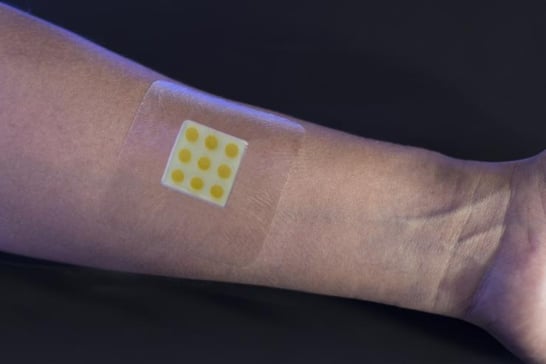
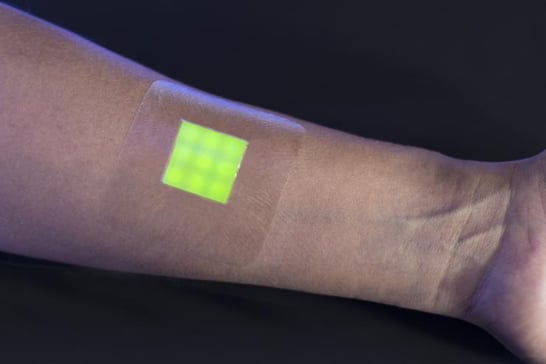
 If you’re feeling unappreciated, read this story to know that many people very much appreciate what you do. They’re not always very good at expressing themselves in a positive way. But most of you understand your patients feelings because as this husband explains, they’re going through one of the worst days of their lives. Many of my friends are Nurses and they are awesome just like you, Every Day.
If you’re feeling unappreciated, read this story to know that many people very much appreciate what you do. They’re not always very good at expressing themselves in a positive way. But most of you understand your patients feelings because as this husband explains, they’re going through one of the worst days of their lives. Many of my friends are Nurses and they are awesome just like you, Every Day.
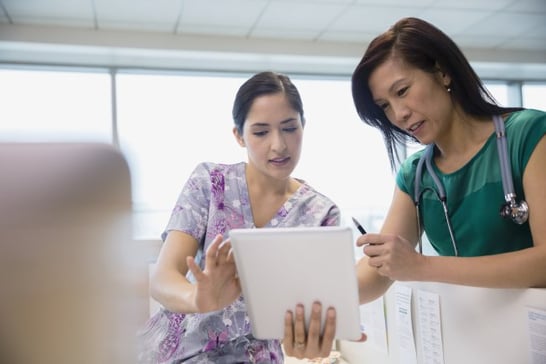 If you’re thinking about continuing your education, this article offers some important questions to consider in helping you decide if an online program will accomplish what you want to achieve. We all know continuing your education, if at all possible both financially and personally, will enhance your career, your life and your earning potential.
If you’re thinking about continuing your education, this article offers some important questions to consider in helping you decide if an online program will accomplish what you want to achieve. We all know continuing your education, if at all possible both financially and personally, will enhance your career, your life and your earning potential.